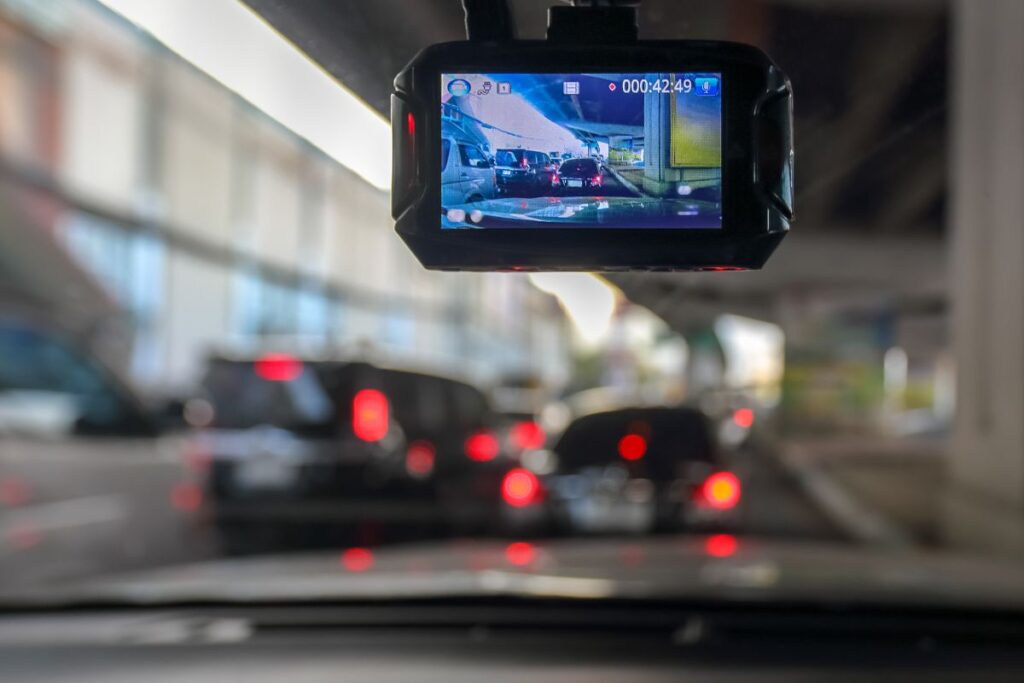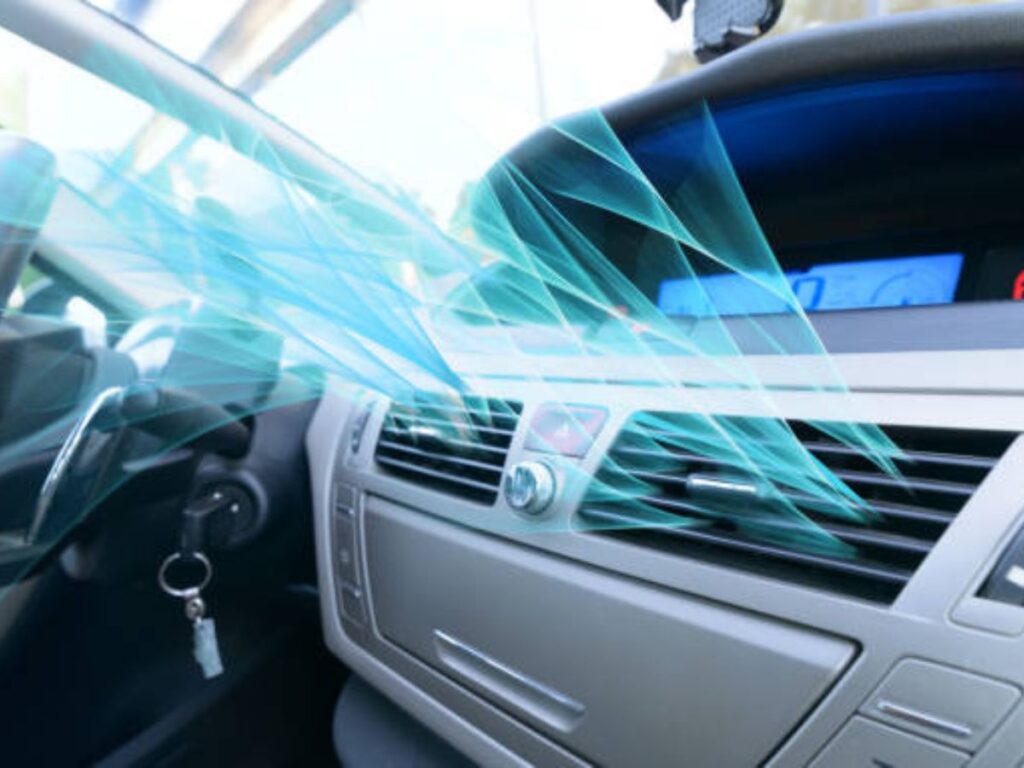LiFi, or Light Fidelity, is a technology that uses light waves to transmit data wirelessly. It is similar to Wi-Fi in that it allows devices to connect to the internet without the need for physical cables, but it uses light waves rather than radio waves to transmit the data. This can have several potential advantages over traditional Wi-Fi technology.
One potential advantage of LiFi is that it can potentially offer faster data transfer speeds than Wi-Fi. LiFi uses visible light and infrared light, which have higher frequency ranges than radio waves, allowing for faster data transfer. In addition, because LiFi uses light waves rather than radio waves, it may be less susceptible to interference and have a stronger, more reliable connection.
Another potential advantage of LiFi is that it can be used in areas where radio waves are restricted or not allowed, such as hospitals and airplanes. Because LiFi uses light waves, it can be used in areas where the use of radio waves is restricted or not allowed.
LiFi technology is still in the early stages of development, and it is not yet widely available. However, it has the potential to revolutionize the way we connect to the internet and may eventually become a viable alternative to traditional Wi-Fi technology.
Table of Contents
ToggleWhat is Li-Fi?
Li-Fi, also known as Light Fidelity, is a wireless communication technology that uses visible light or infrared light to transmit data. It is similar to Wi-Fi in that it allows devices to connect to the internet wirelessly, but it uses light waves rather than radio waves to transmit the data.
Li-Fi was first introduced in 2011 by Professor Harald Haas, a German engineer and academic who is credited with coining the term “Li-Fi.” Since its introduction, Li-Fi technology has attracted significant interest due to its potential to offer faster data transfer speeds and potentially be more secure and reliable than traditional Wi-Fi technology.
In Li-Fi systems, data is transmitted via a light emitting diode (LED) light source, which is modulated at very high speeds to transmit data. The data is then received by a photodetector, which converts the light back into an electrical signal that can be interpreted by a device.
The Advantages of LiFi
There are several potential advantages to using LiFi, or Light Fidelity, technology to connect to the internet and transmit data wirelessly. These include:
High data transfer speeds:
LiFi uses visible light and infrared light, which have higher frequency ranges than radio waves, allowing for faster data transfer.
Greater security:
Because LiFi uses light waves, it is less susceptible to interference and hacking, making it potentially more secure than traditional Wi-Fi technology.
Increased reliability:
LiFi may have a stronger, more reliable connection than Wi-Fi because it is less susceptible to interference.
Ability to use in areas where radio waves are restricted or not allowed:
LiFi can be used in areas where the use of radio waves is restricted or not allowed, such as hospitals and airplanes.
Energy efficiency:
LiFi systems can be more energy efficient than Wi-Fi systems because they use LED light sources, which are more energy efficient than traditional radio frequency transmitters.
Cost effectiveness:
LiFi systems may be more cost effective than Wi-Fi systems because they use off-the-shelf LED light sources and photodetectors, which are widely available and inexpensive.
What are the disadvantages?
There are several potential disadvantages to using LiFi, or Light Fidelity, technology to connect to the internet and transmit data wirelessly. These include:
Limited range:
LiFi systems have a limited range due to the fact that they use light waves, which cannot pass through walls and other solid objects. This can make it difficult to use LiFi technology in large buildings or outdoor environments where there are obstacles between the transmitter and receiver.
Dependence on light:
LiFi systems require a clear line of sight between the transmitter and receiver, and the signal can be disrupted by obstacles or changes in lighting conditions. This can make it difficult to use LiFi technology in environments where there are frequent changes in lighting conditions or where there are obstacles between the transmitter and receiver.
Limited availability:
LiFi technology is still in the early stages of development, and it is not yet widely available. This can make it difficult for users to find LiFi-compatible devices and access LiFi networks.
Compatibility issues:
LiFi technology is not yet widely adopted, which can lead to compatibility issues with devices that do not have built-in LiFi capabilities. In order to use LiFi, a device must be equipped with a photodetector, which is a device that converts light into an electrical signal that can be interpreted by the device. Many devices, including smartphones, laptops, and tablets, already have photodetectors built in, but not all devices do.
Who can use LiFi?
LiFi, or Light Fidelity, is a wireless communication technology that allows devices to connect to the internet and transmit data using light waves. As such, anyone who has a device that is compatible with LiFi technology and is within range of a LiFi transmitter can use the technology to connect to the internet.
In order to use LiFi, a device must be equipped with a photodetector, which is a device that converts light into an electrical signal that can be interpreted by the device. Many devices, including smartphones, laptops, and tablets, already have photodetectors built in, so they may be able to use LiFi technology with the appropriate software and hardware.
In addition to devices with built-in photodetectors, there are also LiFi dongles available that can be plugged into devices such as laptops and desktop computers to enable them to connect to LiFi networks. These dongles typically include a photodetector and the necessary software to allow the device to connect to a LiFi network.
The Future of LiFi
There are several potential applications for LiFi technology in the future. One potential application is in the creation of high-speed internet networks in urban areas, where the use of radio waves is limited due to congestion and interference. LiFi technology may be able to provide fast and reliable internet connectivity in these areas.
Another potential application for LiFi is in the creation of secure communication networks for military, government, and corporate use. Because LiFi uses light waves rather than radio waves, it may be less susceptible to interference and hacking, making it potentially more secure than traditional Wi-Fi technology.
LiFi technology may also have applications in the Internet of Things (IoT), allowing devices to connect to the internet and transmit data wirelessly using light waves. This could enable the creation of smart homes and smart cities, where devices and systems are connected to the internet and can communicate with each other to optimize energy use, reduce waste, and improve the overall quality of life.



